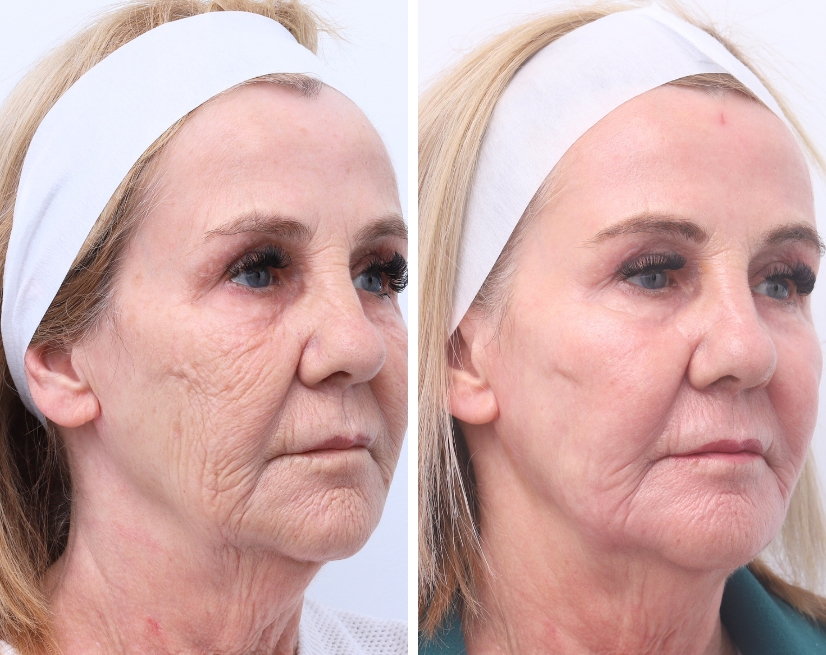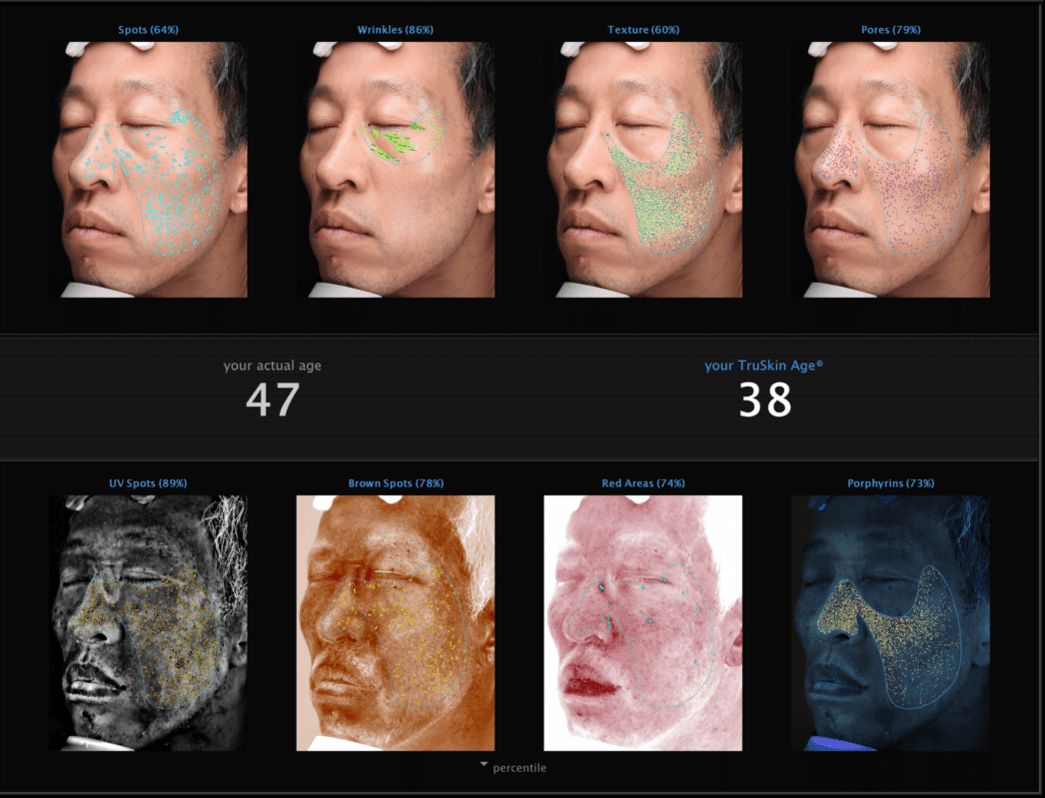


Services
Skin Treatments
Skin Treatments
See AllWe tailor care and treatment specific to your needs, no one else’s
At Victorian Cosmetic Institute, we prioritise understanding and listening to your unique story, goals and preferences. We’re dedicated to providing quality care every step of your cosmetic journey and ensuring you enjoy your experience with us.
Schedule a comprehensive consultation with our practitioners to assess your concerns, suitability for the procedure, and explore the pros and cons of treatment for you.
We offer complimentary review appointments for most of our medical cosmetic treatments.
We accept payments via EFTPOS, Visa, Mastercard, American Express and cash.
Schedule an appointment at any of our clinics for a streamlined experience.
Redefining cosmetic excellence.
Cosmetic and skin treatments
Performed by doctors, nurses, and skin therapists across three clinics in Melbourne, the Victorian Cosmetic Institute. Treatments include non-surgical injectable treatments, skin, and laser treatments.

Our practitioners
Founded in 2005 and led by Dr Gavin Chan, our team of cosmetic doctors, nurses, and skin therapists can help to take care of your cosmetic needs.

Our philosophy
Challenge the current trends of looking overdone. Redefine what constitutes a good cosmetic outcome. Create genuinely beautiful and attractive results.

Using the latest advancements
Empower your decisions with understanding